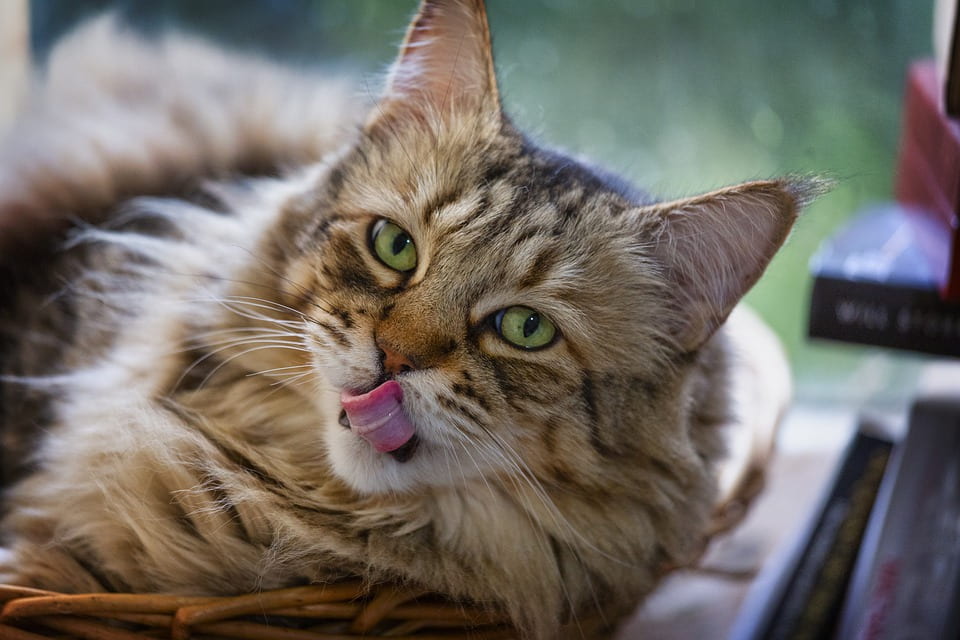Examining Feeding Frequency in Cats
Congratulations to Dr. Adronie Verbrugghe, Alexandra Camara, and our colleague, Dr. Anna Kate Shoveller, on their most recent publication!
Our team recently published a study investigating the effects of feeding frequency and meal size on hunger in cats. Published Friday in Plos One, this study examined the effects of feeding frequency on physical activity, energy expenditure and respiratory quotient. Changes in circulating insulin, glucose and amino acids were also investigated. Cats in the study were fed either 4 times daily, or once daily.

The results of this study demonstrated a higher, and more sustained level of hormones that create the feeling of satiety, or fullness, following a single large meal, when compared to cats eating smaller, more frequent meals. Although cats eating more frequent meals were more active, energy expenditure was not different between feeding regimes. Indirect calorimetry also showed lower respiratory quotient in cats fed only one single meal, a sign that they are burning fat stores. Cats eating one large meal also had higher levels of circulating amino acids, which may help cats maintain muscle mass. Body weight remained stable and body composition was not assessed in this short-term study. This research suggests that there may be greater benefit to feeding cats once daily, rather than the more common practice of multiple small meals daily… though the research team is planning another longer-term study to get to the bottom of the effect of meal frequency on feline physiology.
A special thank you to the Winn Feline Foundation for making this work possible.
Shoshana Verton-Shaw, RVT, VTS (Nutrition)


